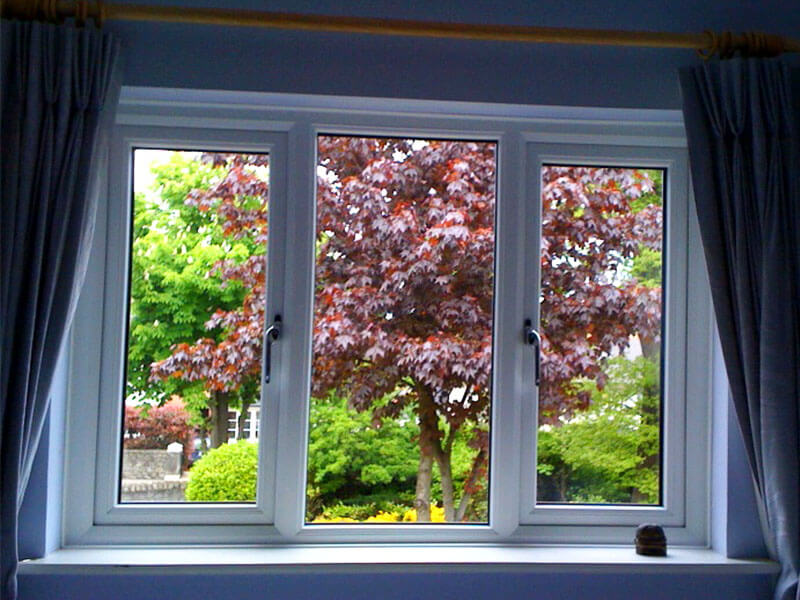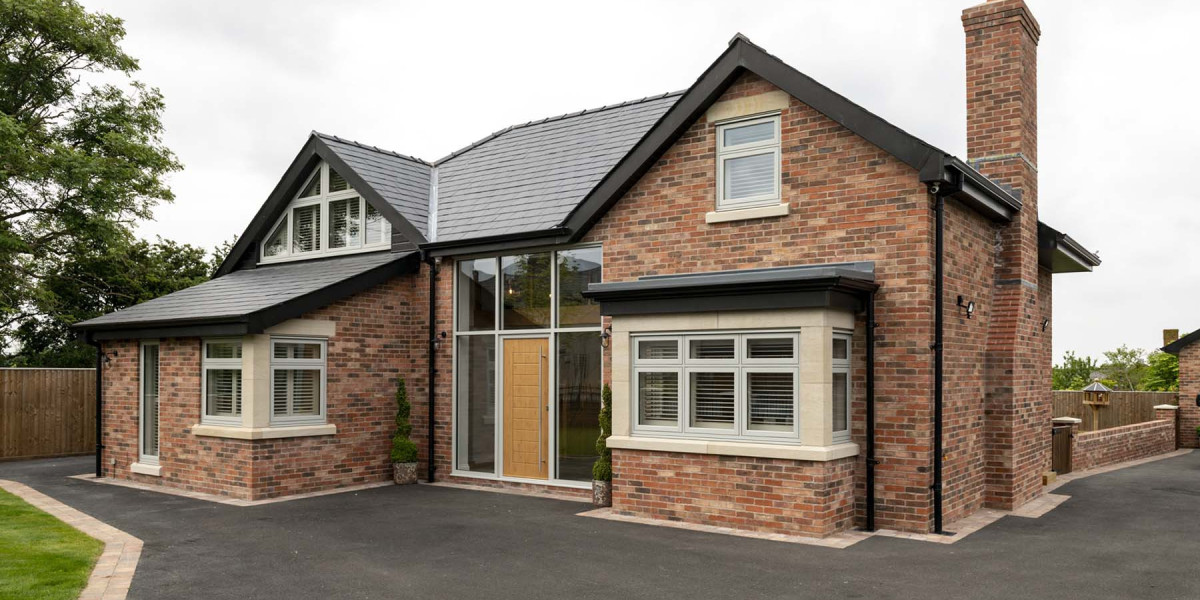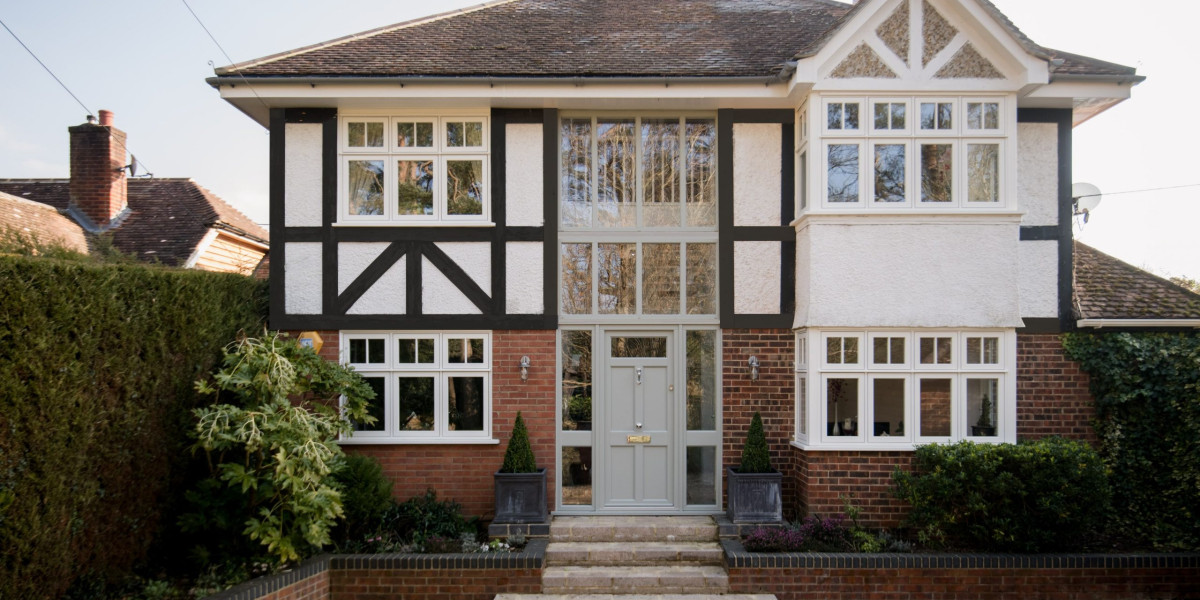In the quest for energy efficiency and comfort within our homes, double glazing has long been a standard solution. However, recent advancements in technology have ushered in a new era of double glazing that promises to enhance performance, aesthetics, and sustainability. This article explores these innovations, highlighting how they stand out from traditional double glazing options and what they mean for homeowners.
Traditionally, double glazing consists of two panes of glass separated by a gap filled with argon or other inert gas, which serves as an insulating barrier. While this design has effectively reduced heat loss and noise pollution, the latest advancements have taken double glazing to new heights. One of the most significant developments is the introduction of vacuum glazing, which eliminates the gas-filled space between panes and replaces it with a vacuum. This design dramatically reduces heat transfer, achieving insulation values that can rival triple glazing while maintaining a slimmer profile.
Vacuum glazing is not only energy-efficient but also lightweight. Traditional double glazing can add considerable weight to window frames, necessitating stronger and often more expensive framing solutions. The reduced weight of vacuum-glazed units allows for more versatile design options and easier installation, making them an attractive choice for modern architecture.
Another groundbreaking advancement is the development of low-emissivity (Low-E) coatings. These coatings are applied to the glass surface and reflect heat back into the room while allowing natural light to pass through. This technology has been refined in recent years, leading to even higher performance Low-E coatings that offer superior thermal insulation. Homeowners can enjoy a comfortable indoor climate year-round, reducing the need for heating and cooling systems and lowering energy bills.
Moreover, the latest Low-E coatings can now be tailored to specific climates. For instance, some coatings are designed to maximize solar gain in colder regions, while others minimize heat absorption in warmer climates. This customization ensures that double glazing can be optimized for energy efficiency regardless of geographic location, making it suitable for a wide range of home styles and environmental conditions.

In addition to thermal performance, advancements in sound insulation have also emerged. New double glazing technologies are now equipped with acoustic glass, which is specifically designed to reduce noise pollution from external sources. This is particularly beneficial for homes located in urban areas or near busy roads. By incorporating multiple layers of glass with varying thicknesses and specialized interlayers, manufacturers can create windows that significantly cut down on unwanted sound, enhancing the overall living experience.
The aesthetic appeal of double glazing has also improved. With advancements in manufacturing techniques, homeowners can now choose from a wider variety of styles, colors, and finishes. Slimmer frames and larger glass panels allow for more natural light and better views, creating an inviting atmosphere in any room. Furthermore, the advent of self-cleaning glass technologies means that homeowners can enjoy cleaner windows without the hassle of regular maintenance. These coatings utilize photocatalytic and hydrophilic properties to break down dirt and grime, allowing rainwater to wash away any residue.
Sustainability is another critical aspect of the new generation of double glazing. As environmental concerns grow, manufacturers are increasingly focused on producing eco-friendly products. Many new double glazing units are made from recycled materials and are fully recyclable at the end of their life cycle. Additionally, the energy efficiency of these Windows By Ideal Glass contributes to a reduction in carbon footprints, aligning with global efforts to combat climate change.
Smart technology is also making its way into the realm of double glazing. Home automation systems can now control window functions, such as tinting or opening, based on temperature, light levels, or even weather conditions. This integration of smart technology not only enhances comfort but also contributes to energy savings by optimizing natural light and ventilation.
The installation process for new double glazing has also seen improvements. With the rise of prefabricated window units, installation has become faster and more efficient. Homeowners can benefit from reduced labor costs and shorter project timelines, making the transition to energy-efficient windows more accessible. Additionally, many manufacturers offer warranties that provide peace of mind regarding the longevity and performance of their products.
As we look to the future, the innovations in double glazing are set to continue. Research into new materials and technologies is ongoing, with possibilities such as phase-changing materials that can absorb and release heat, further enhancing the thermal performance of windows. The integration of renewable energy sources, such as solar panels embedded within glazing units, could also revolutionize how we think about windows as not just barriers, but as active contributors to energy generation.
In conclusion, the advancements in double glazing represent a significant leap forward in home design, energy efficiency, and sustainability. With innovations such as vacuum glazing, advanced Low-E coatings, acoustic glass, and smart technology, homeowners can enjoy a new level of comfort and style. As these technologies become more widely adopted, they promise to redefine the standards for residential and commercial buildings alike, making our living spaces not only more beautiful but also more sustainable and energy-efficient. Investing in the next generation of double glazing is not just a choice for comfort; it's a commitment to a more sustainable future.








